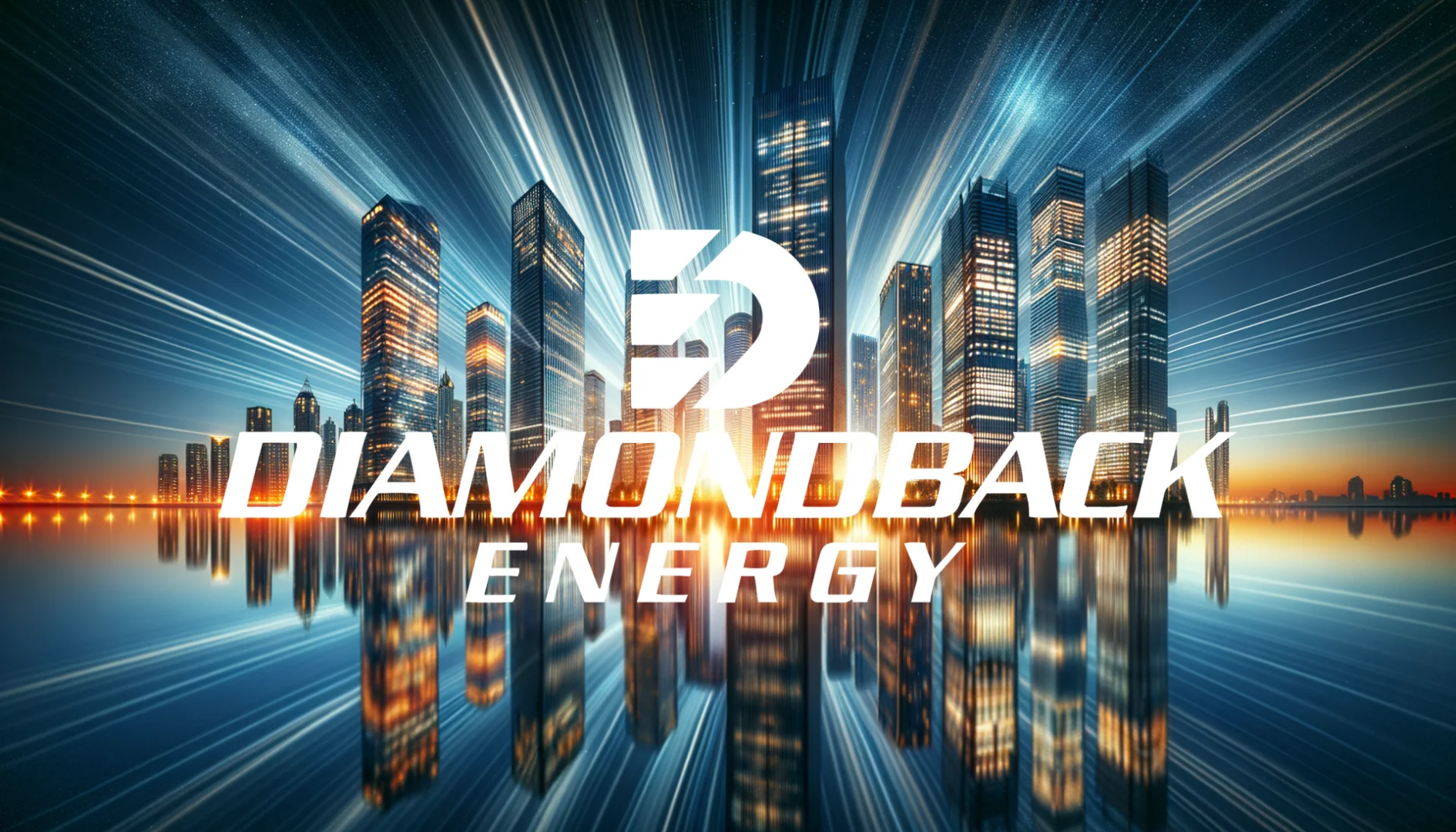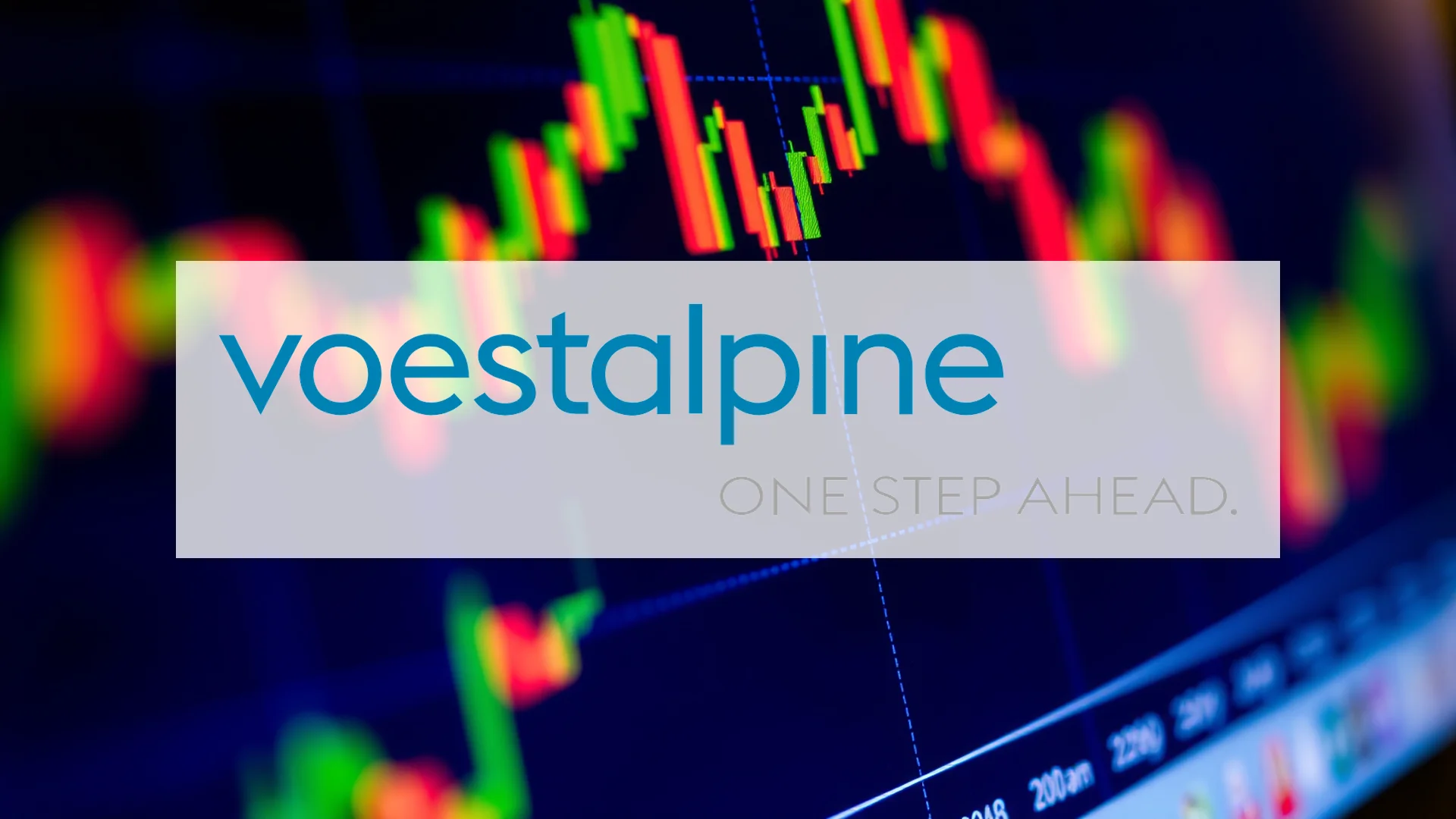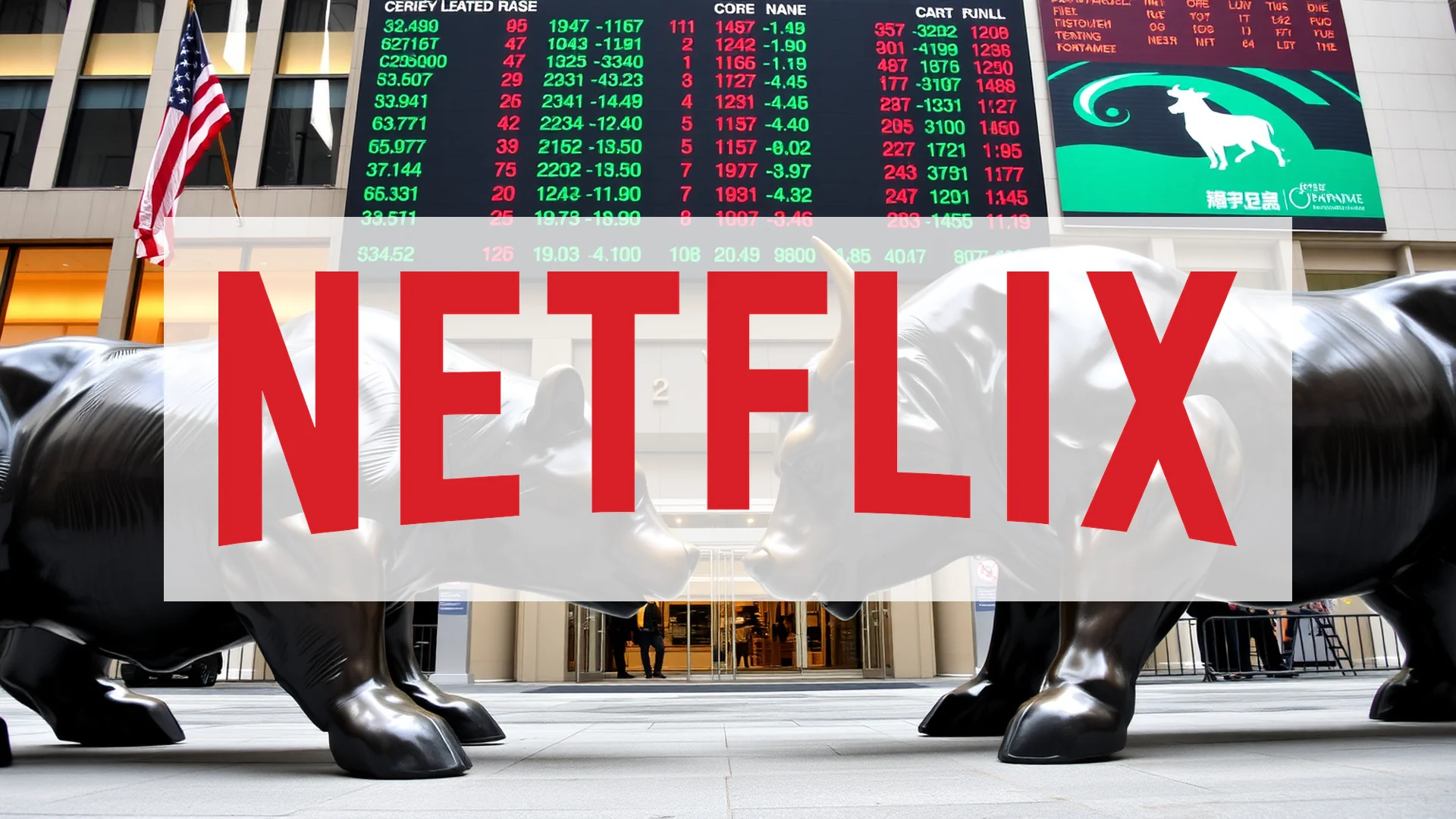Diamondback Energy finds itself at the center of a high-stakes tug-of-war between major financial institutions. While some investors are pouring billions into the oil producer, others are rapidly retreating, creating a fascinating paradox for a company delivering record financial performance.
Conflicting Institutional Moves
The investment landscape surrounding Diamondback reveals dramatically opposing strategies. Recent filings show Ensign Peak Advisors and American Century Companies substantially increased their holdings during the second quarter—by 24.3% and 44.8% respectively. American Century now maintains a position valued at over $135 million. Meanwhile, Summit Global Investments moved in the opposite direction, slashing its exposure by 46.1%. This institutional divide highlights the broader uncertainty currently gripping the entire energy sector.
Strong Fundamentals Meet Market Indifference
The company’s most recent quarterly report presented what should have been celebratory figures. Diamondback reported earnings per share of $3.08, surpassing expectations by $0.14. Revenue reached $3.92 billion, representing a substantial 48.4% year-over-year increase. Operational excellence was further demonstrated through a net margin of 27.3% and return on equity of 9.6%. Despite these impressive metrics, the market response remained notably subdued.
Strategic Shifts and Commodity Pressures
Diamondback is aggressively pursuing portfolio optimization through significant asset sales. The divestiture of non-Permian assets worth $670 million, combined with additional stake sales totaling over $1.8 billion, aims to strengthen the company’s balance sheet by reducing debt. Simultaneously, acquisitions of Endeavor Energy Resources and Double Eagle are driving production growth, with output expected to climb 53% to 916,000 barrels per day.
Should investors sell immediately? Or is it worth buying Diamondback?
This expansion strategy faces headwinds from declining commodity prices. Current projections indicate crude oil prices could average $64.80 per barrel in 2025—an 11.9% decrease. OPEC+ supply increases and weakening global demand are compressing margins, creating challenges despite production growth.
The Analyst-Market Disconnect
A significant gap exists between analyst sentiment and market performance. Research firms maintain a consensus price target of $188.77 with “Buy” recommendations. Reality tells a different story: Diamondback shares have declined 17.3% over the past 52 weeks, substantially underperforming both the S&P 500 and the broader energy sector.
The fundamental question remains whether Diamondback can overcome this challenging environment. Institutional investors appear deeply divided—some betting heavily on the company’s strategic repositioning while others retreat over concerns about the weaker oil price outlook. This battle for the company’s future direction continues to unfold with billions of dollars at stake.
Ad
Diamondback Stock: Buy or Sell?! New Diamondback Analysis from November 25 delivers the answer:
The latest Diamondback figures speak for themselves: Urgent action needed for Diamondback investors. Is it worth buying or should you sell? Find out what to do now in the current free analysis from November 25.
Diamondback: Buy or sell? Read more here...










